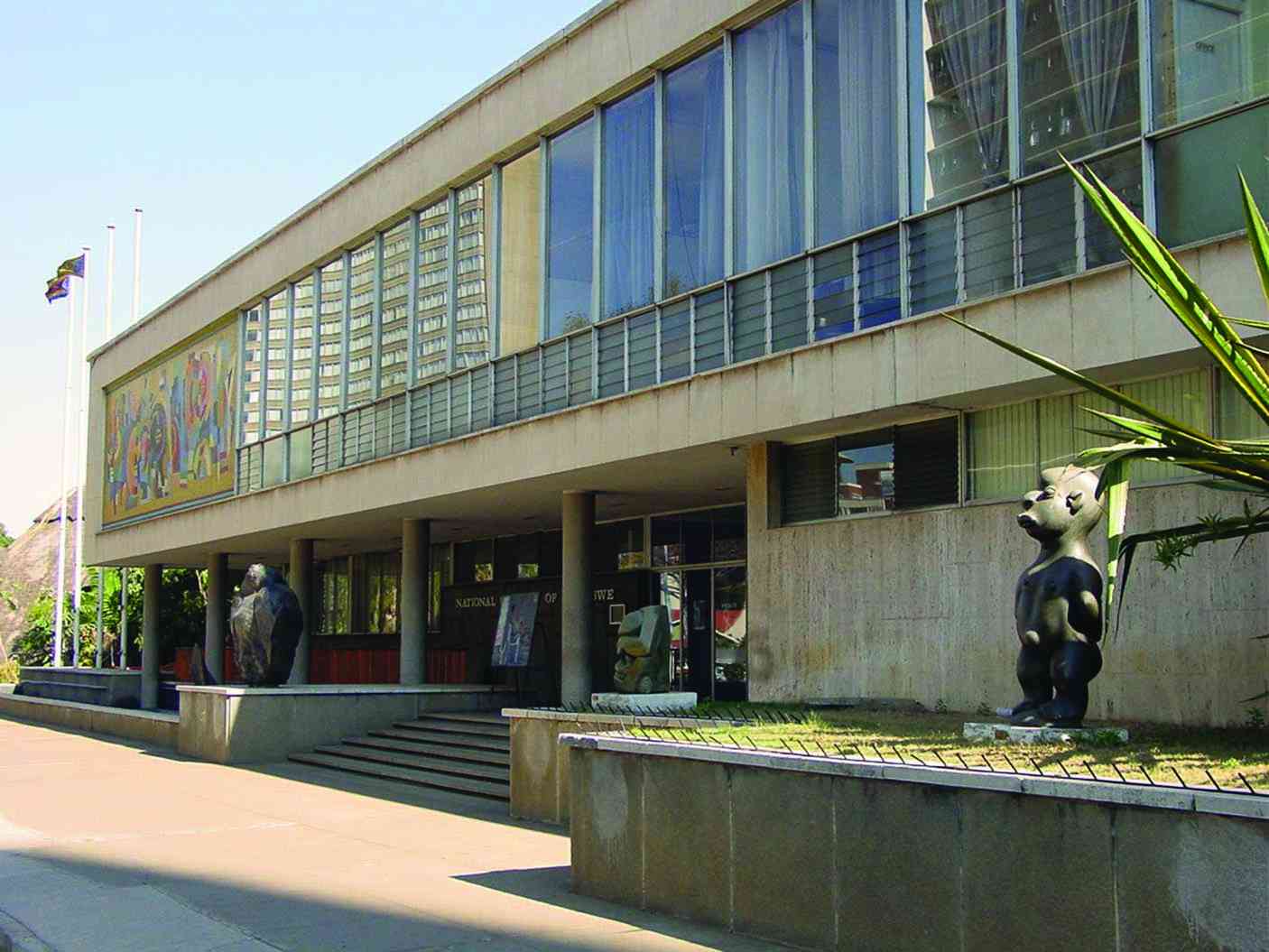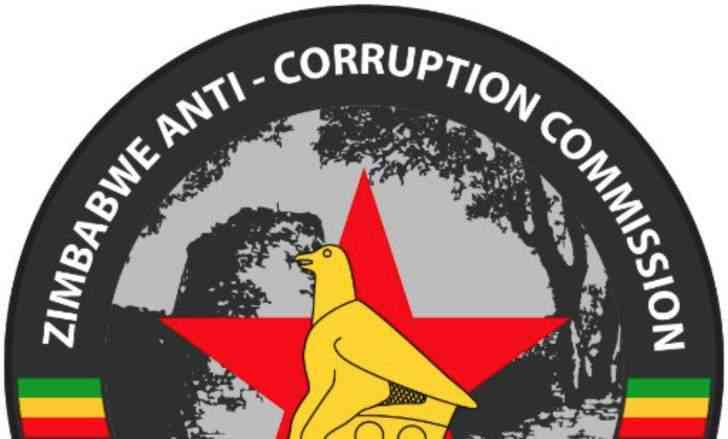
The home of visual arts and artistic expression in the country, the National Gallery of Zimbabwe (NGZ), this year marks 67 years of existence. Established by an Act of Parliament in 1952, the national asset has become the foremost promoter of cultural expression and custodian of the Zimbabwean cultural heritage.
NGZ executive director Raphael Chikukwa says this is an important milestone for the gallery as he chronicled the journey thus far.
“As we mark our 67th birthday we look back at our achievements and challenges. Allow me to thank those that came before us from our founding director Frank McEwen whose vision we continue to cherish and to Mrs Doreen Sibanda, who I took over from,” Chikukwa said.
The NGZ was known as the National Gallery of African Modern Art in Rhodesia during its founding days. McEwen, a British artist and museum curator who had been appointed as the gallery’s first director, was instrumental in the establishment of the gallery.
The gallery was officially inaugurated on July 16, 1957 by Queen Elizabeth, the Queen Mother.
In a statement to the IndependentXtra, Chikukwa said: “Without internet and the current technologies we have today, McEwen managed to connect the gallery with other Western galleries, for example, MoMA, ICI London, Rodin Museum and other modernist African artists. He was able to take Zimbabwean artists to MoMA, Rodin Museum, and UK as well.”
Furthermore, McEwen also brought international museum professionals to this country through the International Congress on African Cultures (ICAC) in 1962. The gallery’s connectedness with African modernists is a huge achievement, he said.
The workshop school mooted by the gallery contributed in a big way to the birth of Zimbabwean stone sculpture movement that saw artists like Josiah Manzi, Thomas Mkomberanwa, Joram Mariga and many others becoming household names.
- Daily life struggles reflected in Burning Figure
- Baker’s art work inspired by personal experiences
- NGZ to honour winning finalists
- Stage set for visual arts awards ceremony
Keep Reading
The annual exhibition that was later renamed Zimbabwe Heritage, also contributed immensely to the Zimbabwean art history. Other directors that include Cyril Rogers saw the founding of BAT Studios in Mbare and many artists came out of this initiative.
According to artweb, an online arts news and information site, the 1960s and 1970s were marked by significant growth for the NGZ. The gallery hosted numerous exhibitions, workshops and educational programmes aimed at fostering a deeper appreciation for the arts among the local population. It also began to acquire artworks from other African countries, thus expanding its collection and reinforcing its status as a premier art institution in Southern Africa.
Today, the NGZ continues to thrive as a dynamic centre for visual arts. It regularly hosts exhibitions featuring both established and emerging artists, and its collection has grown to include over 6 000 works of art. The gallery also plays a crucial role in art education, offering various programmes and workshops that cater to different age groups and skill levels.
Also in recent years, the gallery has established the Zimbabwe Pavilion at the prestigious Venice Biennial in Italy. It has also brought back the ICAC and other projects like Harare Conversations. ICAC was held in 1962, 2017 and 2022.
Though the story of the gallery may look all rosy, the gallery has endured several challenges throughout the years, particularly so in recent years as the economy continues to teeter on the brink. It has lost revenues and much-needed funding as a result. Its infrastructure is giving in to the elements and time.
Its roof, fortunately, and re-electrification was redone a few years ago. The air conditioning system remains dysfunctional and this is a huge challenge as this affects artworks that require certain temperatures for preservation.
The gallery is also looking for partners to acquire a forklift and a 15-tonne art van for mobility of exhibitions and outreach programmes.
The perennial water supply problem besetting the City of Harare has not spared the gallery either. It is now seeking assistance to drill a borehole. The borehole water would also be used to irrigate the sculpture garden, currently a sore sight due to lack of landscaping.
The regional galleries in Bulawayo and Mutare require refurbishment and maintenance, Chikukwa said.
“Looking into the future, we are grateful that the City of Victoria Falls has given us a house in Chinotimba suburb where we are opening a branch in the resort town,” he said. “We are also appealing for partners for both the Chinotimba house and Choghm Park to set up a sculpture park there.
“Furthermore, these two projects will unlock the hidden cultural soul of the City of Victoria Falls. As you know, we are under the Ministry of Sport, Recreation, Arts and Culture, headed by Honourable minister Dr Kirsty Coventry, who is also working hard for us to make sure that before end of the year the sculpture park should open.
These two projects are, however, running under the ambit of the government’s devolution agenda.
“I would like to thank the NGZ board of trustees, headed by Retired Justice Maphios Cheda, we managed to transport some of the sculptures to Victoria Falls. Our Victoria Falls artists like Alison Barker are looking forward to this, including our basket makers in Lupane, Hwange and Binga.”
For the month of July, the gallery will run Harare Conversations that will chronicle the history of the NGZ and its futuristic ideas.
Regardless of the challenges, the gallery has continued to be a beacon on the artistic landscape and a source of pride and inspiration for many Zimbabwean creatives.






